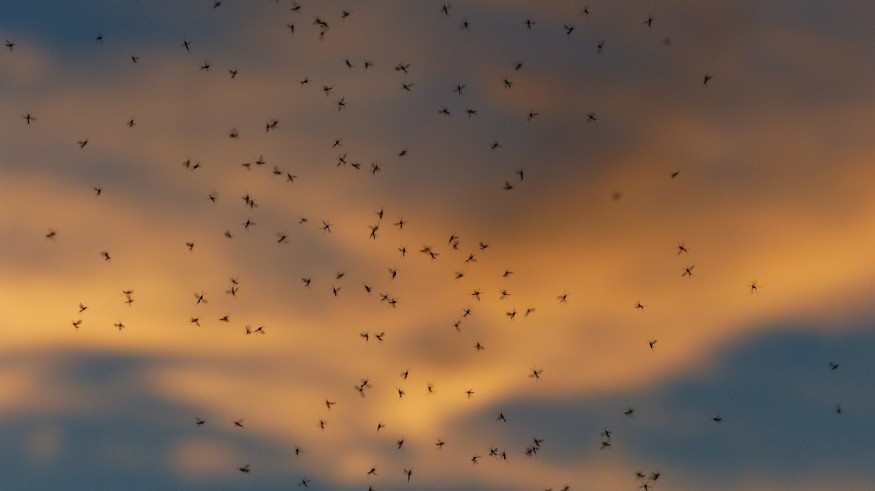AI develops the ability to identify the species of splattered insects. For training AI, researchers have accumulated 1500 photos of crushed and unharmed insects. They want to create a smartphone app that can monitor pathogen-causing species.
Pesky Mosquitoes
Almost everyone has had the uncomfortable sensation of a mosquito bite. The red mark and itching from mosquito bites result from an allergic reaction to the insect's saliva. However, the transfer of dangerous illnesses and viruses, including West Nile virus, dengue virus, Zika, and malaria, which can have fatal and severely debilitating effects, may be a more significant outcome of some mosquito bites (such as encephalitis, meningitis, and microcephaly). Learn more about the illnesses that mosquitoes transmit.
In addition to diseases that affect people, mosquitoes may also spread several illnesses and parasites that dogs and horses are particularly vulnerable to. These include the West Nile virus, dog heartworms, and eastern equine encephalitis.
In the United States, around 200 different species of mosquitoes inhabit distinct environments, have distinctive behaviors, and bite various kinds of animals. Despite these variations, all mosquitoes have several characteristics, such as a four-stage life cycle (egg, larva, pupa, adult).
Tracking Mosquitoes

The three mosquito species most responsible for disease transmission may be identified using artificial intelligence trained to distinguish between living and dead mosquitoes.
Mosquitoes kill more humans than any other animal because they may spread illnesses like dengue, malaria, and Zika. It could be simpler to track different mosquito species' existence worldwide if AI could recognize them automatically; however, such an AI needs many insect photos to study.
Aedes aegypti, Aedes albopictus, and southern house mosquitoes were imaged by Song-Quan Ong at the University Malaysia Sabah and Hamdan Ahmad at the University of Science, Malaysia, with the assistance of three volunteers (Culex quinquefasciatus). Each mosquito that touched the participants' hands was photographed twice: once just after it landed and once after it had been splattered.
Other mosquitoes were eliminated before they had an opportunity to bite the volunteers, while some bit the volunteers before being killed. According to Ong, "We strive to provide visuals comparable to real life."
Extensive Study
The researchers captured 1500 photos, half of which were of living mosquitoes, and the other half were dead ones.
Using this data collection, the two trained two distinct AIs to recognize mosquitoes on human skin. Around 80% of the time, the more accurate AI could guess the proper species. Individuals may use a smartphone app to identify mosquitoes they come across, and such an AI may eventually power that aids researchers in tracking these insects.
Potential Progress
The automated identification of mosquitoes has already been attempted. One study team taught an AI to categorize 15 different types of mosquitoes by their sex, genus, species, and strain. Another team taught an AI to recognize 67 distinct mosquito species. Each person created a separate data set that, in principle, could be integrated with the most recent one.
The University of Rhode Island's Jannelle Couret believes that the more available mosquito photos, the better.
For more animal news, don't forget to follow Nature World News!
© 2025 NatureWorldNews.com All rights reserved. Do not reproduce without permission.





